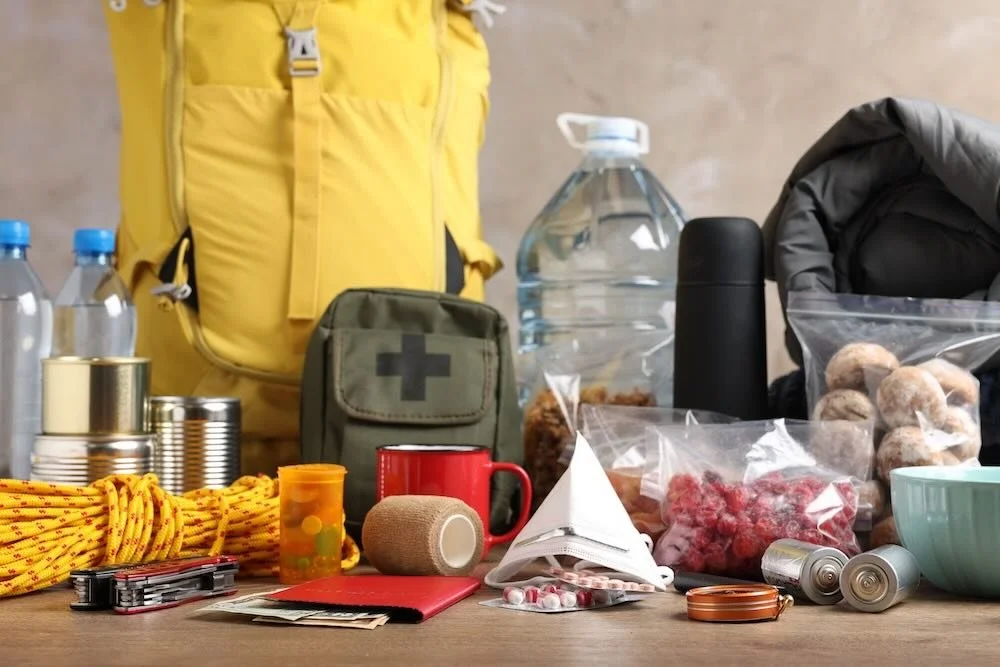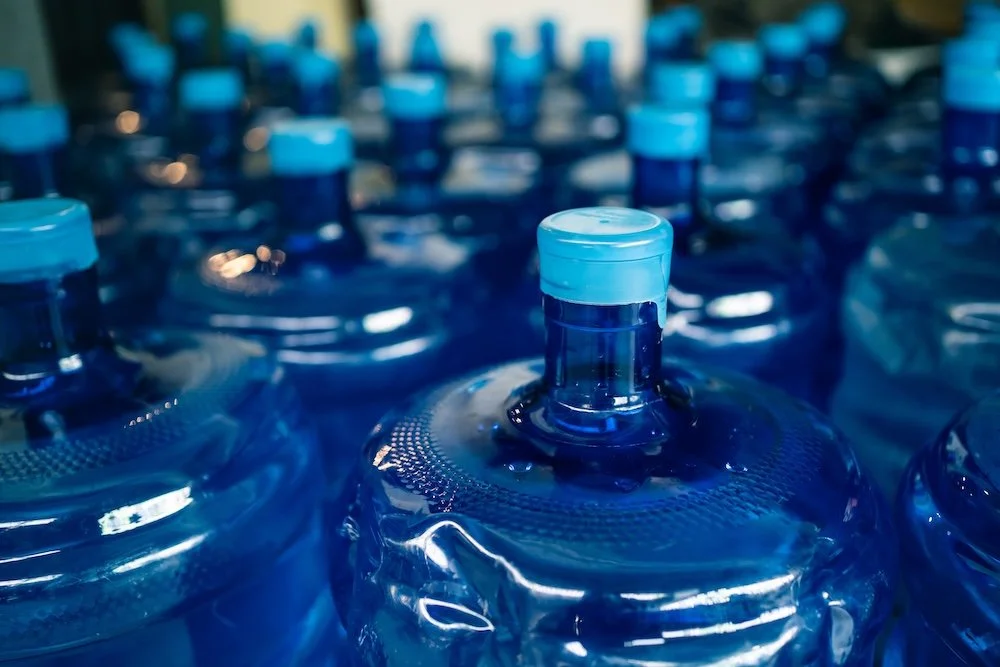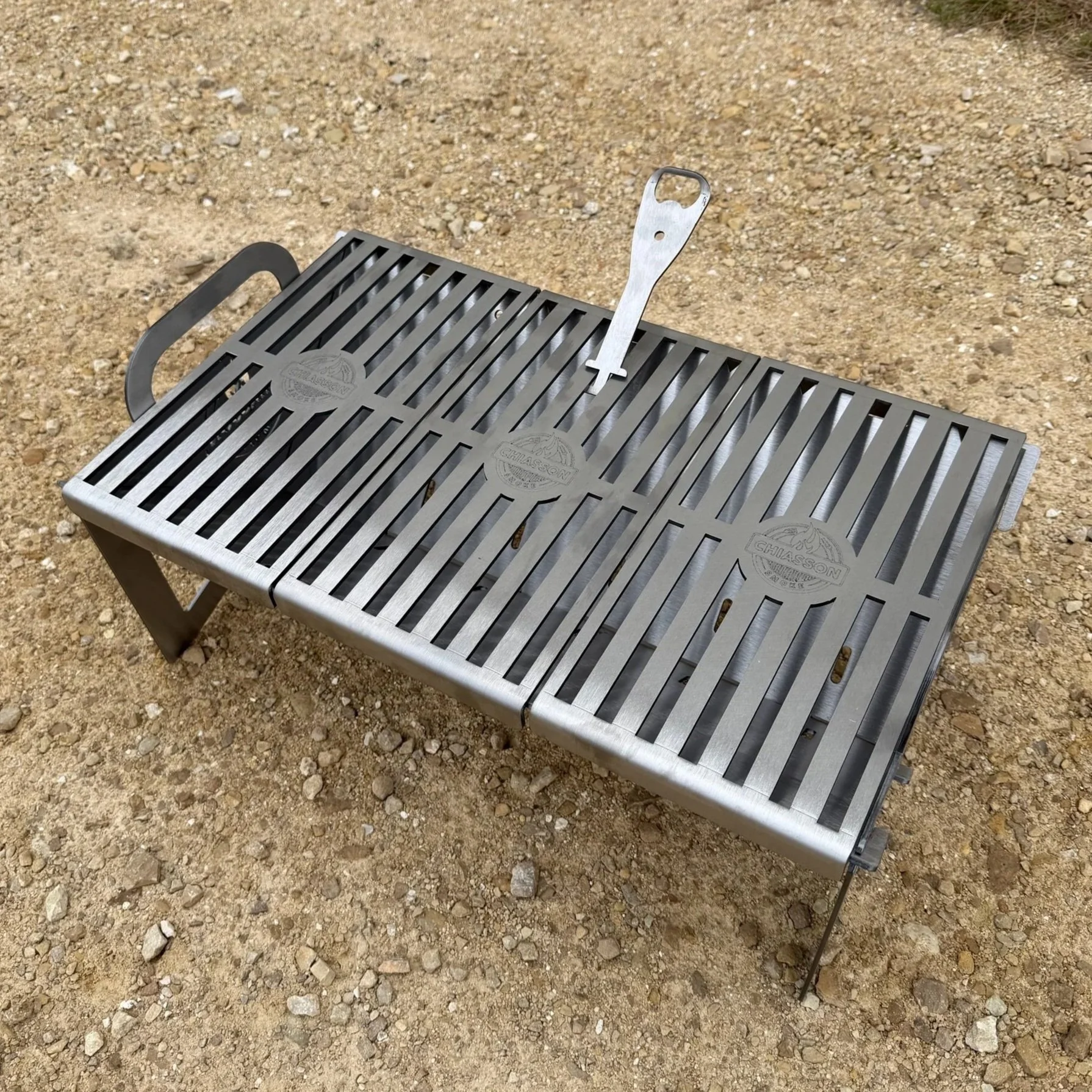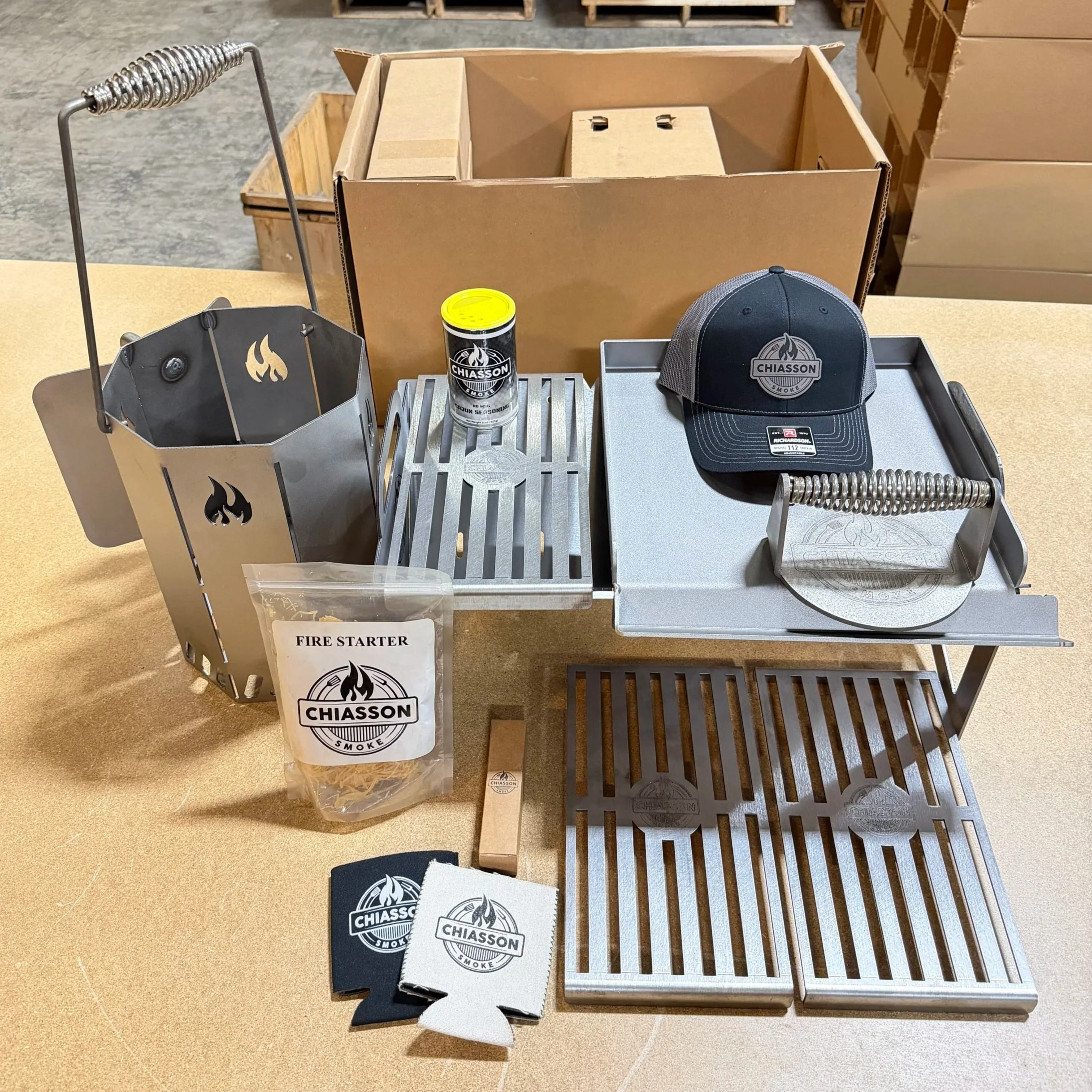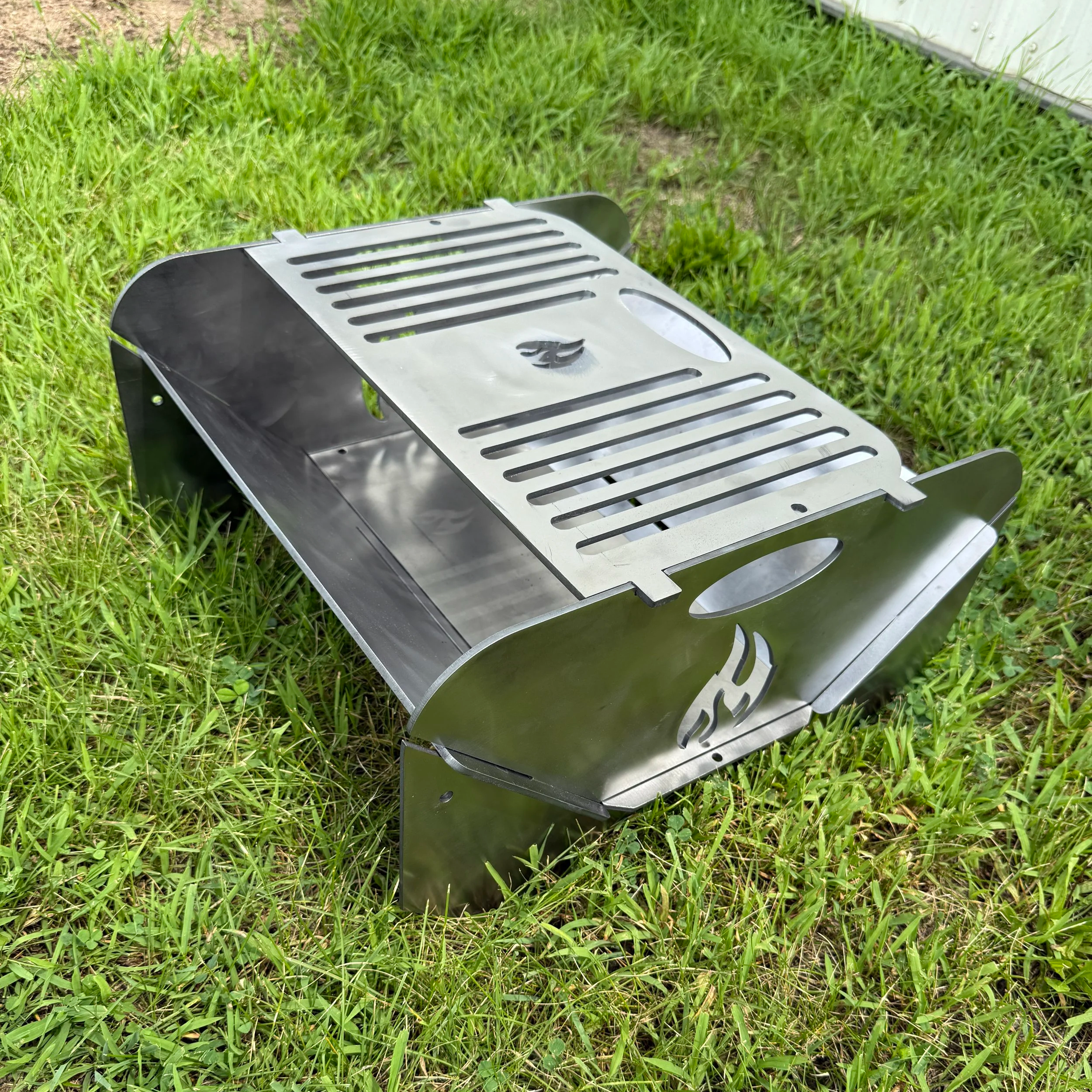Basic Prepping
Getting Ready Without Going Overboard
What “Prepping” Really Means
When people hear the word “prepping,” they sometimes picture bunkers, gas masks, and people storing ten years’ worth of canned beans. But real prepping isn’t always about fear or doomsday ideas. It’s about being ready for the unexpected, because life has a way of throwing surprises at us.
Prepping simply means being prepared. It’s the same idea as keeping a first aid kit in your car or having an umbrella when the forecast calls for rain. You’re not expecting a disaster every day… You just want to be ready if something happens.
The truth is, basic prepping isn’t weird or extreme. It’s smart. And it can even be fun once you get into it.
Why Everyone Should Prep
You don’t need to live in the woods or wear camouflage to be a prepper. In fact, the best preppers are usually just ordinary families who want peace of mind.
Think about it– storms knock out power, floods happen, pipes burst, cars break down, jobs get lost. These are all “everyday emergencies.” Prepping isn’t about preparing for the end of the world. It’s about being able to handle small crises without panicking.
If your power goes out for two days, do you have food that doesn’t need to be cooked? Do you have enough water to drink? What if your phone dies and you can’t charge it? Being prepared means those situations go from scary to manageable.
It’s comforting to know you’ve already thought things through. You won’t have to run to the store with everyone else at the last minute—or rely on luck when something goes wrong.
Start Simple: The “Three-Day Rule”
If you’re new to prepping, don’t feel like you need to stock an entire basement full of supplies. A great place to start is the “three-day rule.”
Ask yourself this: if your power went out right now and you couldn’t leave your home, could you and your family get by for three days?
That means you’d need:
Enough water for everyone (at least one gallon per person per day)
Non-perishable food that doesn’t require cooking
Flashlights and extra batteries
A way to stay warm or cool depending on the season
A first aid kit
Any necessary medications
Once you’ve got the basics for three days, you’re already ahead of most people. You can always expand from there, but starting small keeps it realistic and affordable.
Food Storage Without the Panic
When people think “prepper food,” they often imagine giant buckets of freeze-dried meals that last 25 years. Those can be handy, but you don’t need them right away. Start with what you already eat.
Build a small stockpile of shelf-stable foods your family actually likes—soups, pasta, peanut butter, canned meat, beans, rice, oats, or granola bars. Label everything with dates and rotate them out so nothing goes to waste. And make sure you have the basics down for cooking during emergencies.
A simple rule is “store what you eat, eat what you store.” That way your supplies never go bad, and you don’t have to eat anything weird just because it lasts forever.
If you want to take it a step further, learn how to preserve your own food. Canning, dehydrating, and freezing are all great ways to stretch your grocery budget and reduce waste.
The goal isn’t to hoard—it’s to have a small cushion that makes life easier when things don’t go as planned.
Don’t Forget Water
Water is more important than food. You can go weeks without eating, but only a few days without water.
For short-term emergencies, store bottled water or fill clean containers. Aim for at least one gallon per person per day for drinking and basic hygiene.
If you want to be extra safe, keep a portable water filter or purification tablets in your supplies. They’re small, inexpensive, and could be lifesavers if you ever need to use natural water sources.
It’s also smart to know where your nearest natural water sources are—like streams, ponds, or lakes—just in case.
Gear That Actually Matters
Prepping gear can be a rabbit hole. It’s easy to get caught up in fancy gadgets and end up with stuff you’ll never use. Focus on tools that are practical, durable, and simple.
Here’s a basic list of things worth having:
Flashlights and extra batteries
A battery-powered or hand-crank radio
A multi-tool or pocket knife
Matches, lighters, or fire starters
A small camping stove or rocket stove
Extra blankets or sleeping bags
A first aid kit
A basic repair kit for small fixes
A ferro rod and fire starter
Most of these items are inexpensive and useful in everyday life, too. The goal is to build a collection of tools that keep you safe and comfortable—not to fill a room with survival toys.
Building a First Aid Kit That Works
You don’t have to be a doctor to build a good first aid kit. Start with the basics—bandages, antiseptic wipes, adhesive tape, pain relievers, tweezers, and any personal medications.
If you have kids, include things like allergy medicine or children’s fever reducers.
You can buy a pre-made first aid kit and add your own extras, or build one from scratch. Keep it somewhere easy to reach, and make sure everyone in your family knows where it is.
And if you really want to be prepared, take a basic first aid or CPR class. Knowing how to use what’s in your kit is just as important as having it.
The Power Problem
When the power goes out, it can turn your day upside down. Lights, heat, air conditioning, fridges, phones—everything depends on electricity.
Having a plan makes all the difference. Flashlights and lanterns are a must. Candles work too, but they can be dangerous if left unattended.
Small backup batteries can keep your phone charged for emergencies. If you live somewhere that loses power often, a generator or solar power setup can be a huge help.
Even if you don’t have fancy equipment, you can stay comfortable by preparing in advance. Have blankets for warmth, battery fans for heat, and a plan for cooking food without electricity—like a camp stove or fire pit.
For cooking, you can prepare for power outages by having a compact fire pit grill or rocket stove which can cook meals using scrap wood or charcoal. You can also utilize fire starter and ferro rods to light a fire without any equipment or gas.
Keep Your Car Ready Too
Your car is part of your prepping plan, even if you don’t realize it. Keep your gas tank at least half full, and make sure your tires, fluids, and battery are in good shape.
A small “get home” kit in your trunk can make a big difference. Include some water, snacks, a flashlight, jumper cables, a first aid kit, and a blanket.
You never know when you might get stuck in traffic, caught in a storm, or stranded for a few hours. A little preparation turns an annoying delay into something you can handle calmly.
Don’t Forget About Comfort
Prepping isn’t just about survival—it’s about staying sane when things get stressful. Include some “comfort items” in your supplies, especially if you have kids.
Maybe that’s books, cards, or a few small toys. Maybe it’s a stash of coffee, chocolate, or your favorite snacks.
During a crisis, small bits of normalcy can make a big difference in how you feel. Being prepared means thinking about morale too, not just supplies.
Making a Family Plan
All the gear in the world won’t help much if no one knows what to do when something happens.
Talk with your family about basic plans. What would you do if you had to leave your home quickly? Where would you meet if you got separated? Who could you call for help?
Write it down and keep a copy in your emergency bag. It might feel silly at first, but it saves confusion later on.
Kids especially feel safer when they know there’s a plan. Practicing it once or twice a year helps everyone remember what to do.
Getting to Know Your Neighbors
Prepping doesn’t have to be a solo mission. In fact, knowing your neighbors can make your whole community stronger.
If there’s a big storm or power outage, the people next door are the ones most likely to help—and vice versa. A friendly wave, a shared generator, or even just checking on each other can make a tough time easier.
Community matters. Sometimes the best “supply” you can have is good relationships.
Expanding Your Skills
You can’t buy every solution. That’s why learning skills is just as important as storing stuff.
Cooking from scratch, gardening, basic home repairs, and first aid are all forms of prepping. The more you can do for yourself, the less you have to rely on others when things go sideways.
Start small—try building a fire safely, learn to purify water, or grow a few herbs or veggies. Every skill you add makes you a little more self-reliant.
Staying Balanced
It’s easy to go overboard once you start prepping. One minute you’re buying extra canned beans, and the next you’re pricing underground bunkers.
Take a breath. Remember why you started—to be ready, not scared.
Prepping should make life easier, not stressful. If it starts feeling overwhelming, slow down. Focus on small, steady progress. Replace fear with confidence.
You don’t need to have everything figured out overnight. Just do a little at a time, and you’ll be amazed how much more secure you feel.
Final Thoughts
Basic prepping isn’t about paranoia—it’s about peace of mind. It’s about knowing that when the lights go out, the weather turns bad, or life throws a curveball, you’ve already got things handled.
Start with three days of supplies. Add to it as you go. Learn new skills, get your family involved, and keep it simple.
In the end, prepping isn’t just about being ready for emergencies. It’s about building confidence, independence, and a sense of calm in a world that sometimes feels unpredictable.
That’s not just smart—it’s empowering.

